Ishak Pasha Palace: A Timeless Architectural Marvel in the Heart of Eastern Anatolia
Visiting Ishak Pasha Palace had long been a dream of mine—something I had planned and hoped for, patiently waiting for the right time. Finally, that moment came true during my recent journey to Doğubeyazıt, Ağrı, nestled in the far east of Türkiye. With deep gratitude, I stepped through the gates of this magnificent palace, ready to immerse myself in its history, its silence, and its intricate beauty.
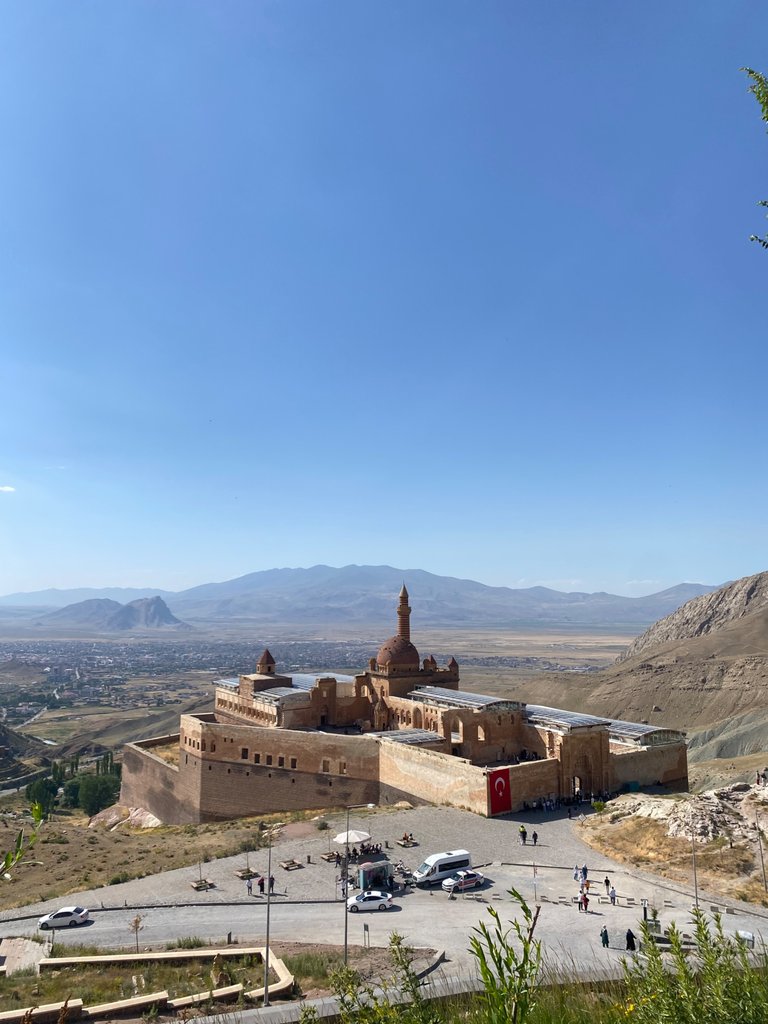
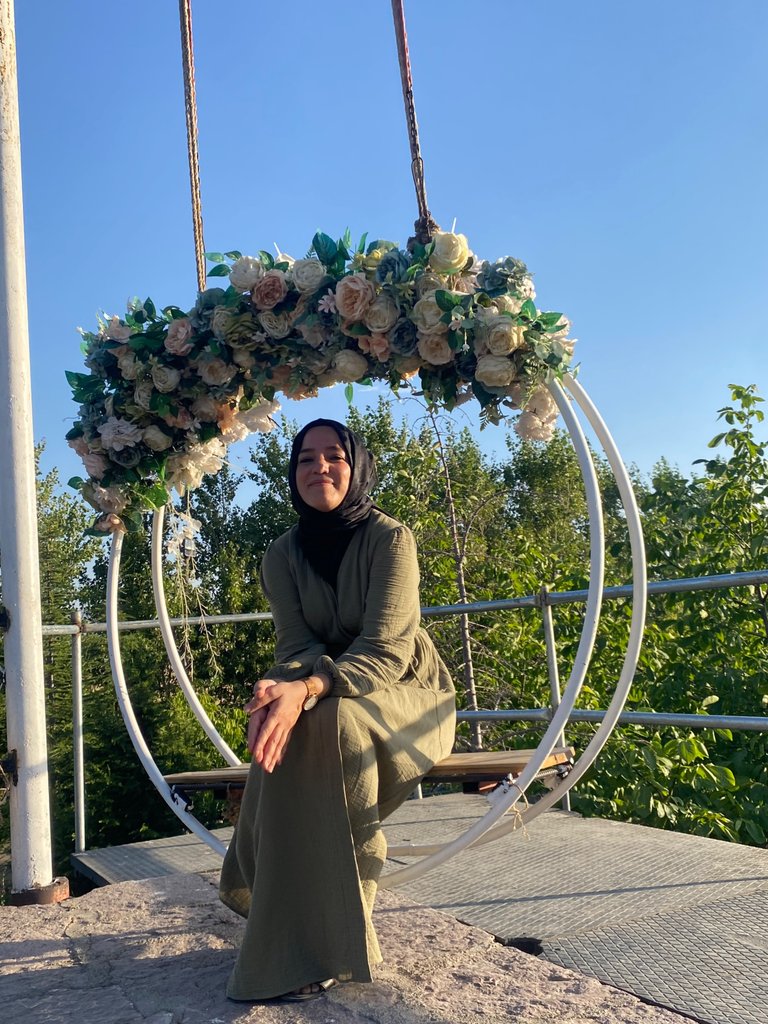
Now, I’m thrilled to share this unforgettable experience with you—through words, images, and the awe that this place imprints on every soul that enters. That night I stayed at myfriends hotel and they have beautiful swing with flowers. I want to share a photo from there also 🌸
Ishak Pasha Palace is not just a historic building—it’s a breathtaking experience. As I wandered through its massive gates and into its intricately detailed courtyards, I felt transported into a different era, one where architecture was more than shelter—it was poetry in stone.
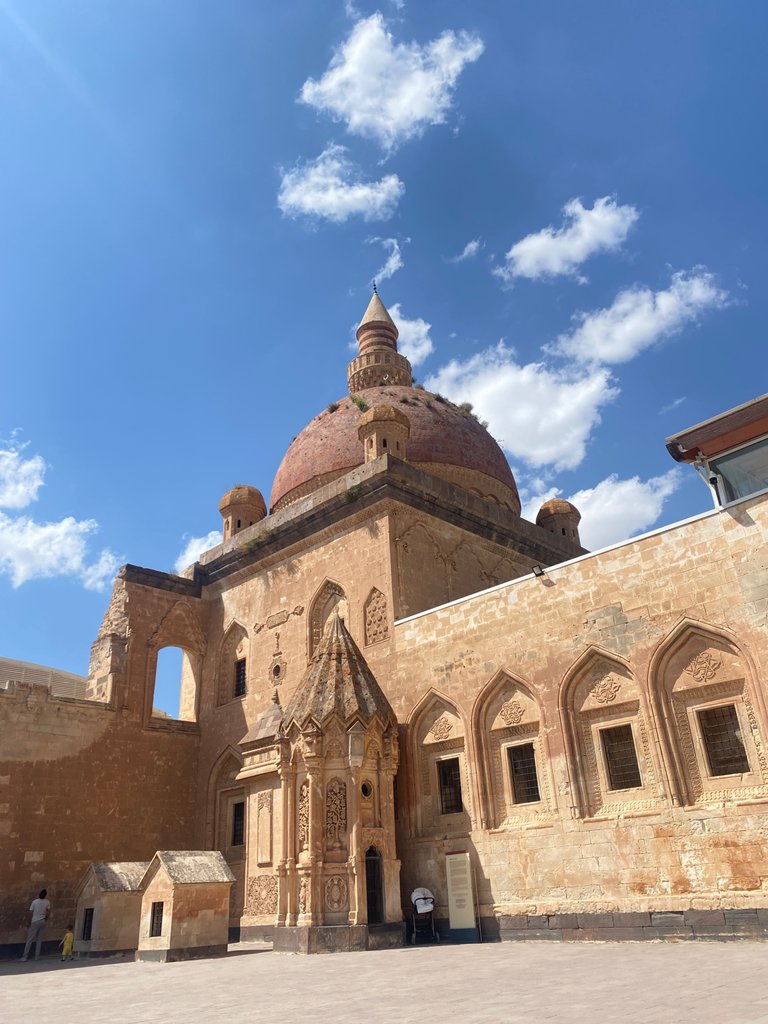
Constructed between the late 17th and early 18th centuries, the palace stands as a powerful reflection of a transitional time in Ottoman architecture. Commissioned primarily by Ishak Pasha and his family, the complex embodies a unique fusion of Seljuk, Ottoman, Persian, and Armenian design elements. Its strategic location near the borderlands of the Ottoman and Persian empires also tells a story of power, diplomacy, and cultural exchange.
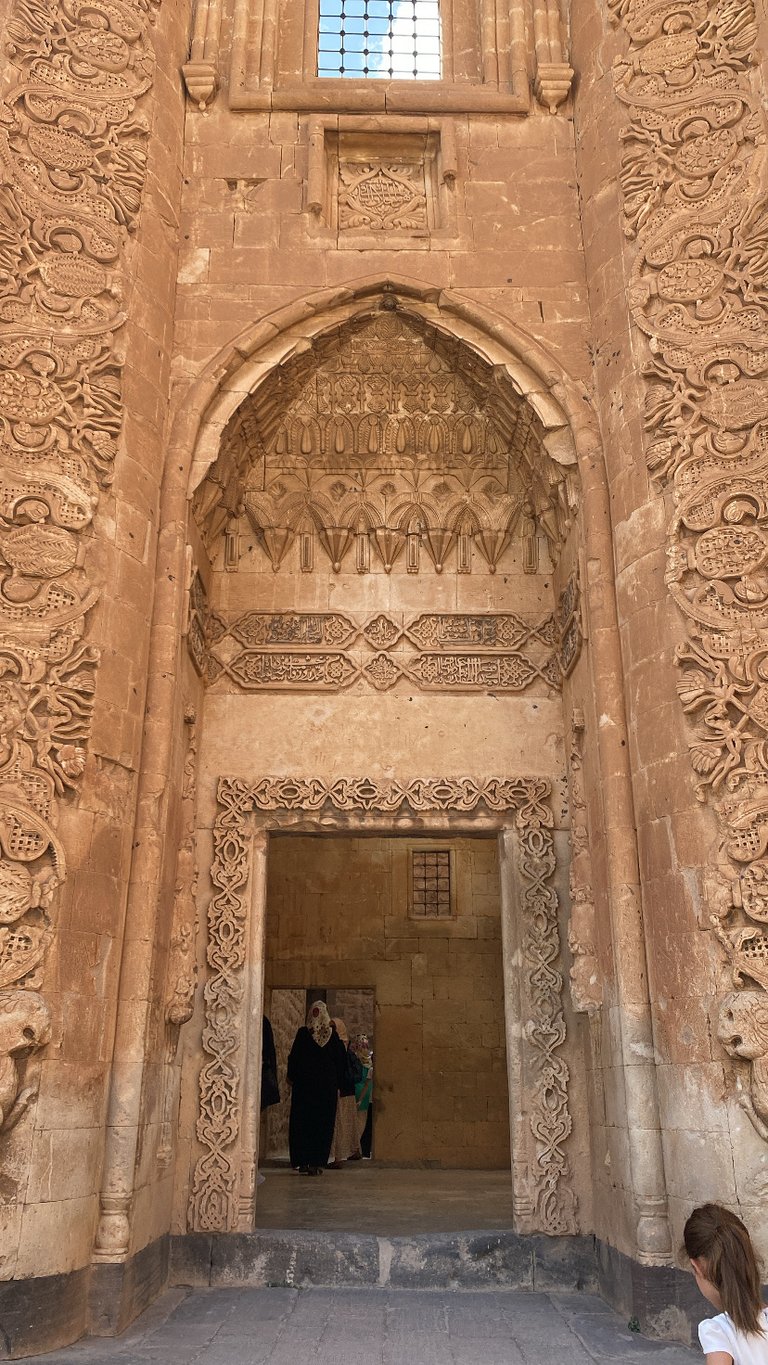
Ishak Pasha Palace is a masterpiece not just for its aesthetics but also for its intelligent layout. Covering an area of approximately 7,600 square meters, the palace is built in a linear arrangement that unfolds from west to east, blending administrative, military, and residential functions seamlessly.
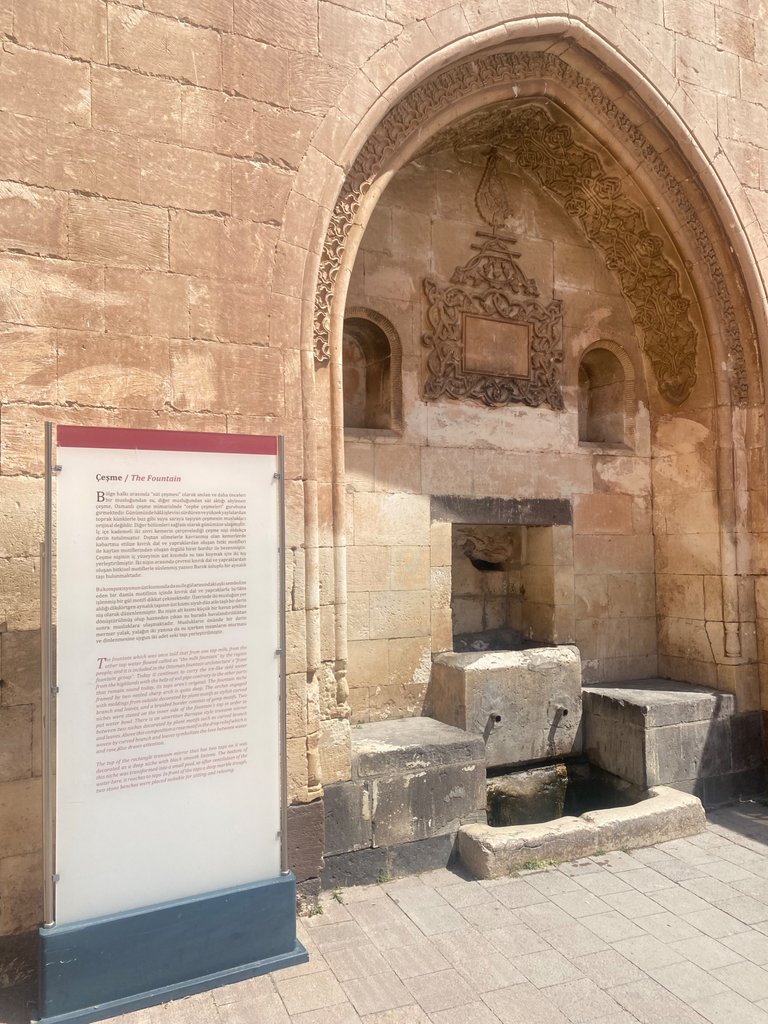
The complex includes two courtyards, a mosque, a bathhouse, kitchens, a ceremonial hall, dungeons, a harem, and a tomb—each carefully designed with a balance of function, symbolism, and ornate detail.
The Ceremonial Hall: Where Power Meets Poetry
One of the most impressive areas is the Ceremonial Hall, which was used for official gatherings and high-level family meetings. Its rectangular layout, high domes, and skillful stone carvings speak of imperial grandeur. Six inscriptions decorate the space, including a poetic dedication that reads:
“Oh Lord, this soul-blessing palace was done by your help. Thou shall give Ishak absolute bliss, make his end beneficent.”
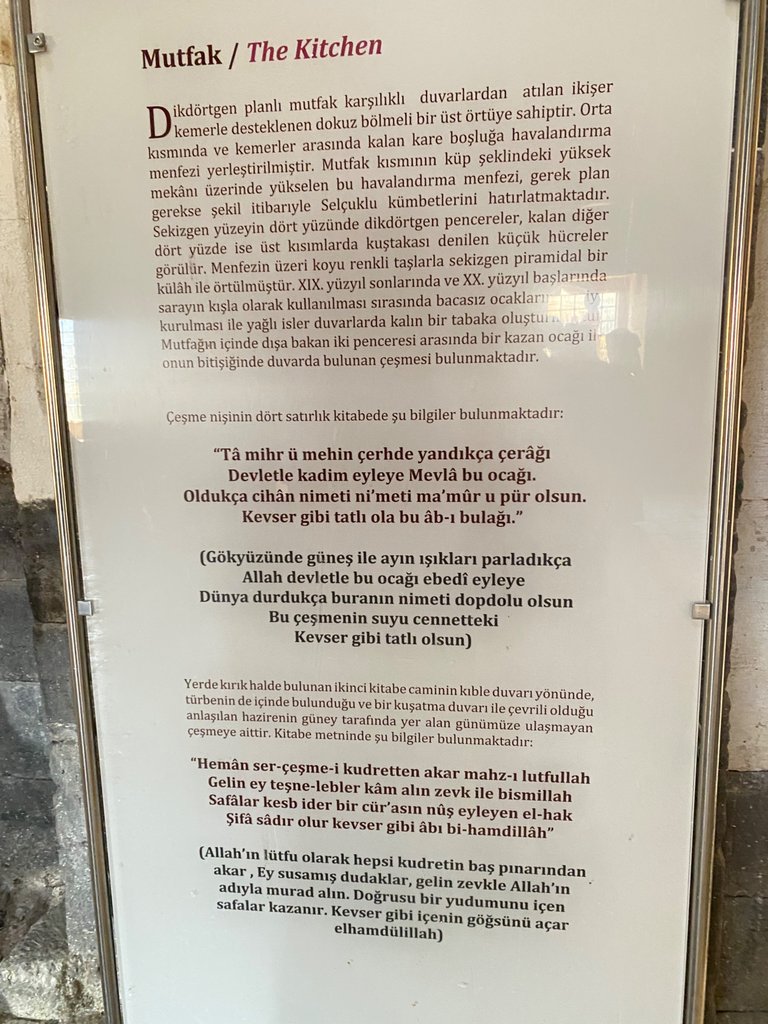

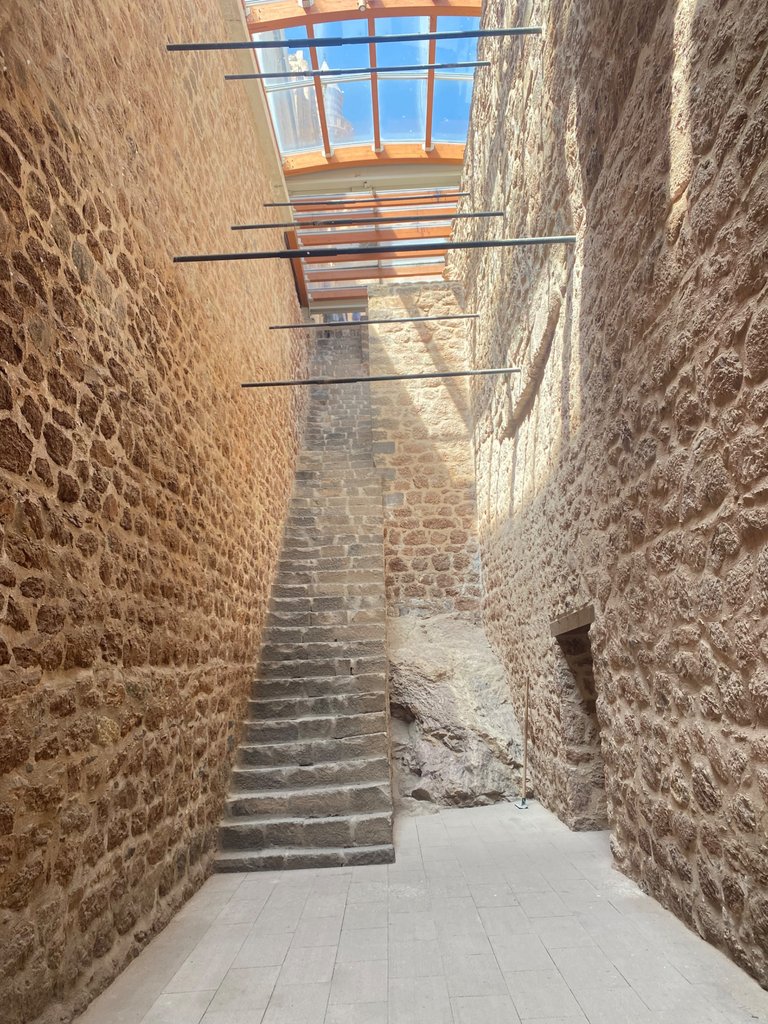
Such verses capture both the spiritual and aesthetic priorities of the era.
The Bath: A Symbol of Civilization and Comfort
True to Ottoman tradition, the palace includes a full Turkish bath (hamam) located close to the kitchens. It’s composed of a series of heated and domed spaces including changing rooms, a warm room, a hot room, and a furnace area. The elegant dome and underfloor heating system reflect the era’s engineering skill and emphasis on luxury.
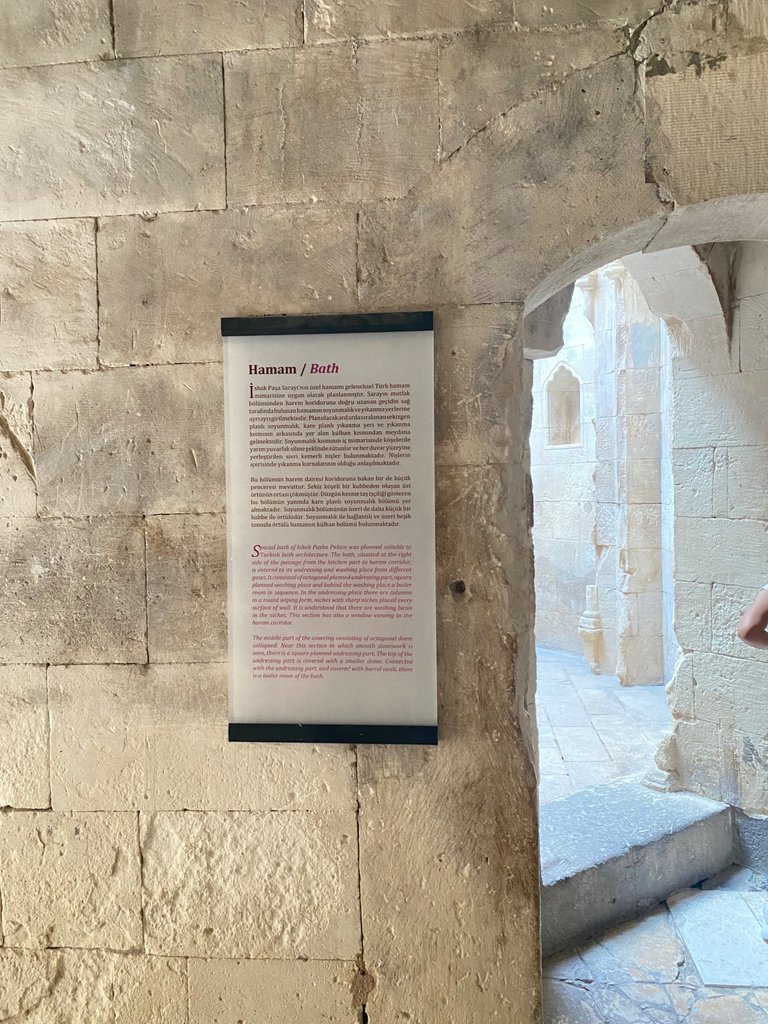
The Kitchen: More Than Just a Hearth
The Kitchen is another area that displays both functionality and artistic design. Built with a rectangular plan, it features a nine-section vaulted ceiling supported by paired arches. A ventilation chimney rises from the center, resembling Seljuk-style domes. On the kitchen walls, inscriptions in Ottoman Turkish celebrate the abundance provided by God, wishing that the palace and its people remain prosperous and blessed.
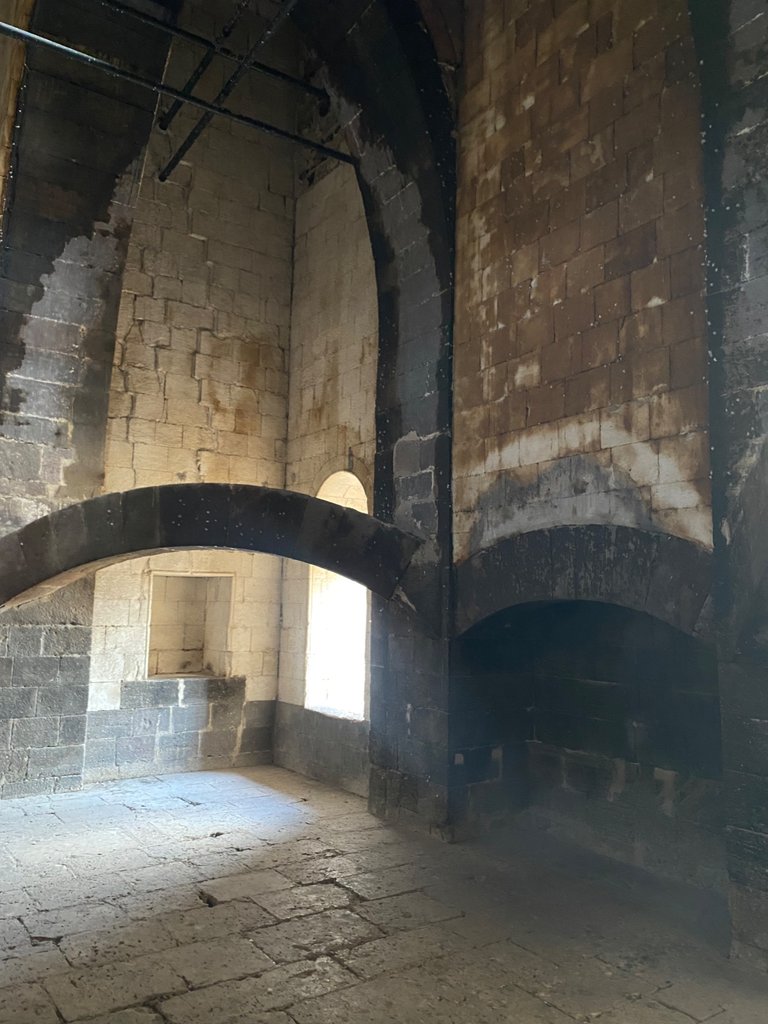

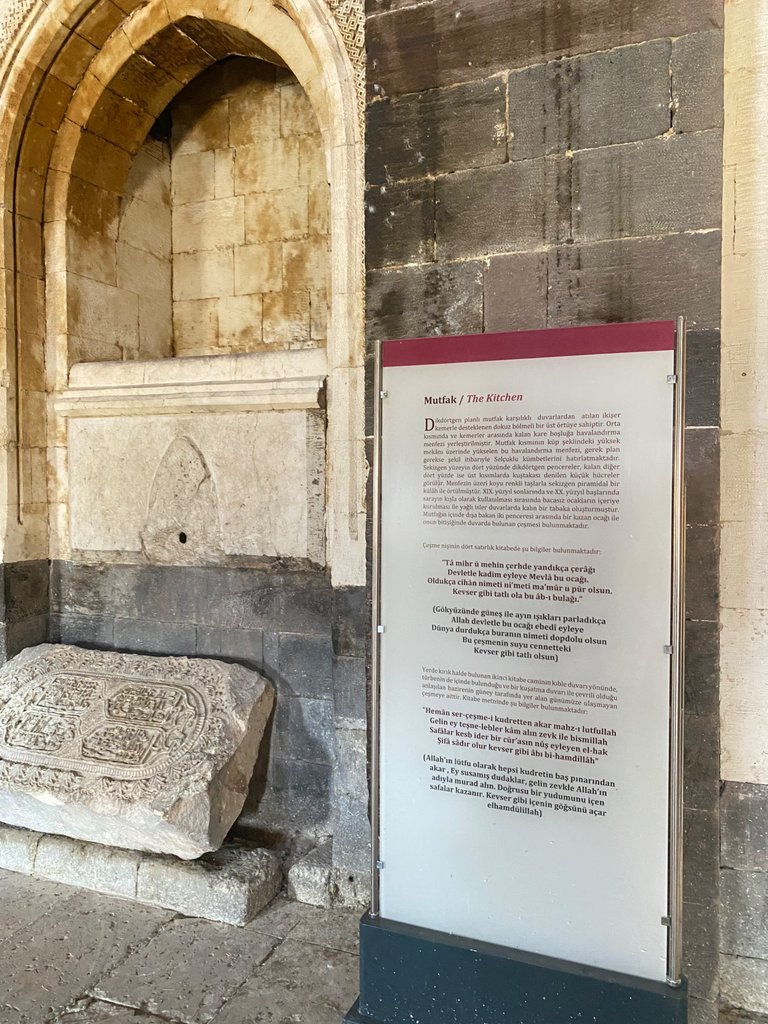
The Dungeon: A Glimpse into the Harsh Realities of the Past
Descending 21 narrow steps into the palace’s dungeon, one is struck by the stark contrast to the rest of the structure. Each stone cell is equipped with a small slit window for light and ventilation. According to accounts, prisoners were lowered into these chambers via rope through roof openings. It’s a sobering reminder of the duality of royal life—where justice and cruelty often coexisted.
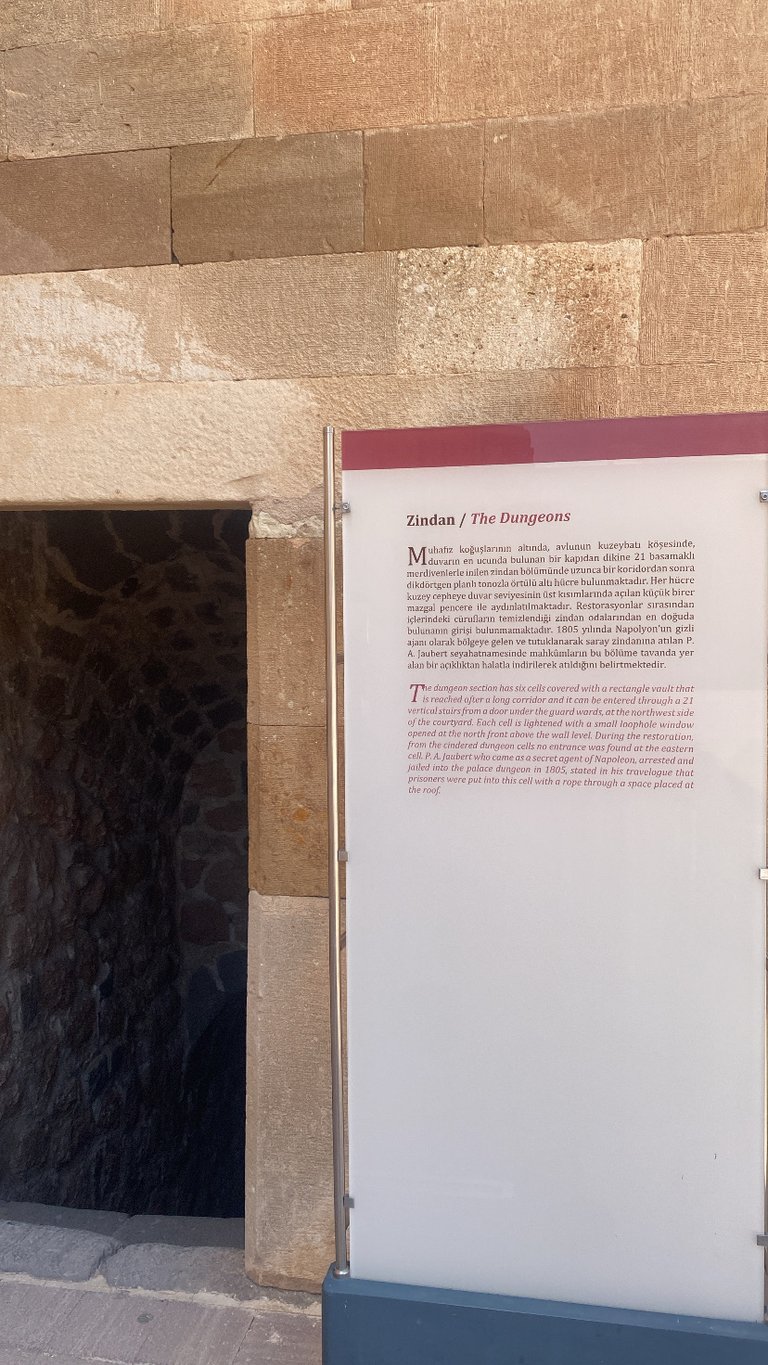
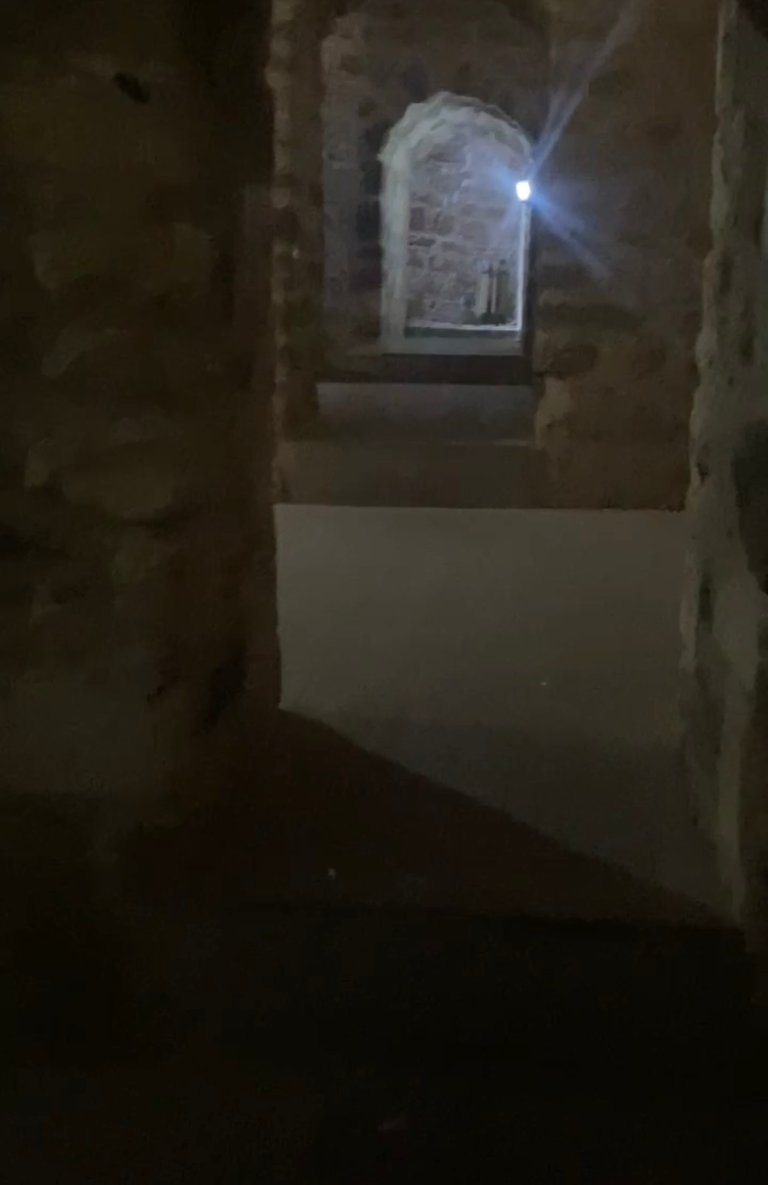

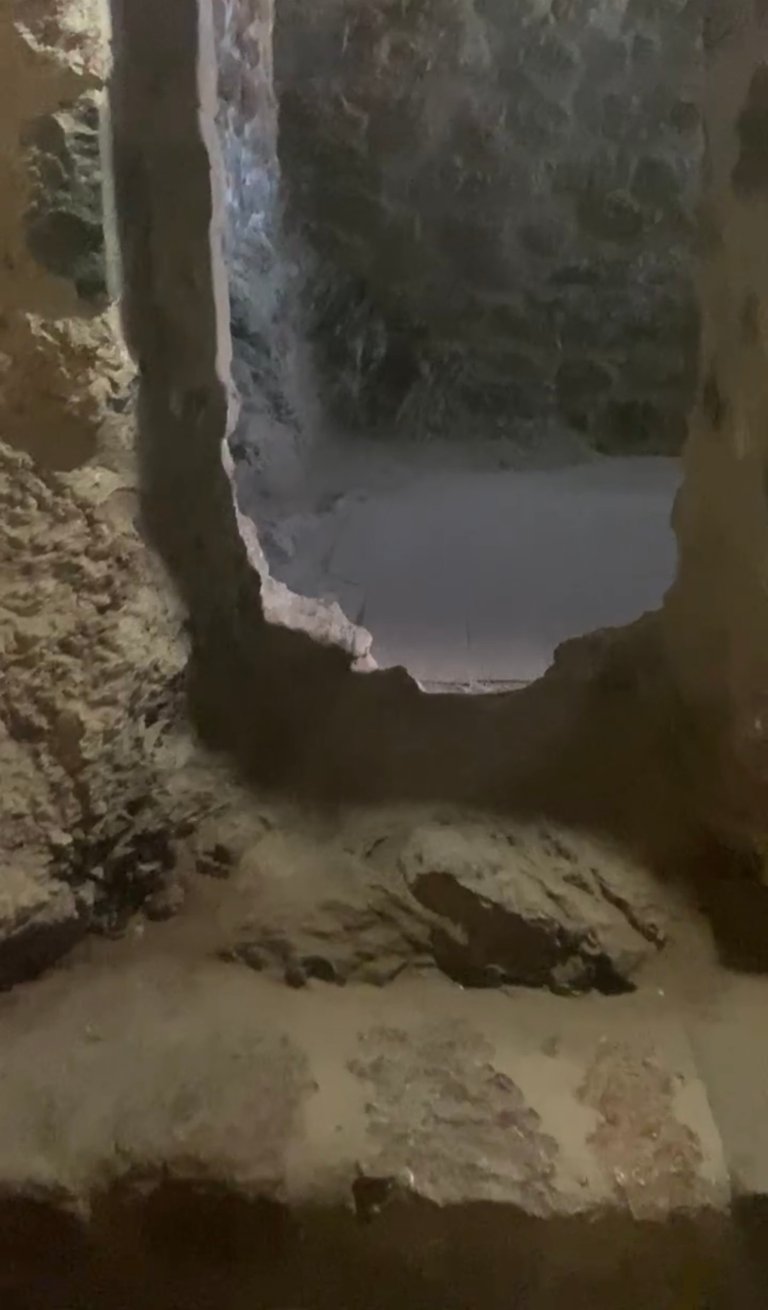
The Fountain: Where Function Meets Aesthetic
In the inner courtyard stands a beautifully preserved fountain, once an essential feature for ritual ablutions and daily hygiene. The fountain’s aesthetic details, such as floral carvings and embedded Ottoman poetry, elevate it beyond utility to a symbol of life, purity, and divine blessing.
One of the verses reads:
“This fountain’s water is from paradise, sweet like Kawthar.”
referring to the river in Islamic paradise—an evocative example of architectural spirituality.
The Harem: A Space of Privacy and Ornamentation
The Harem Rooms are situated along L-shaped corridors surrounding the inner courtyard. Each room features two windows offering views of Mount Beyazıt, and a fireplace—testaments to comfort and design. The second floor, now destroyed, is believed to have mirrored the same layout. Ornate cupboards and sherbet niches carved into the walls showcase delicate craftsmanship.
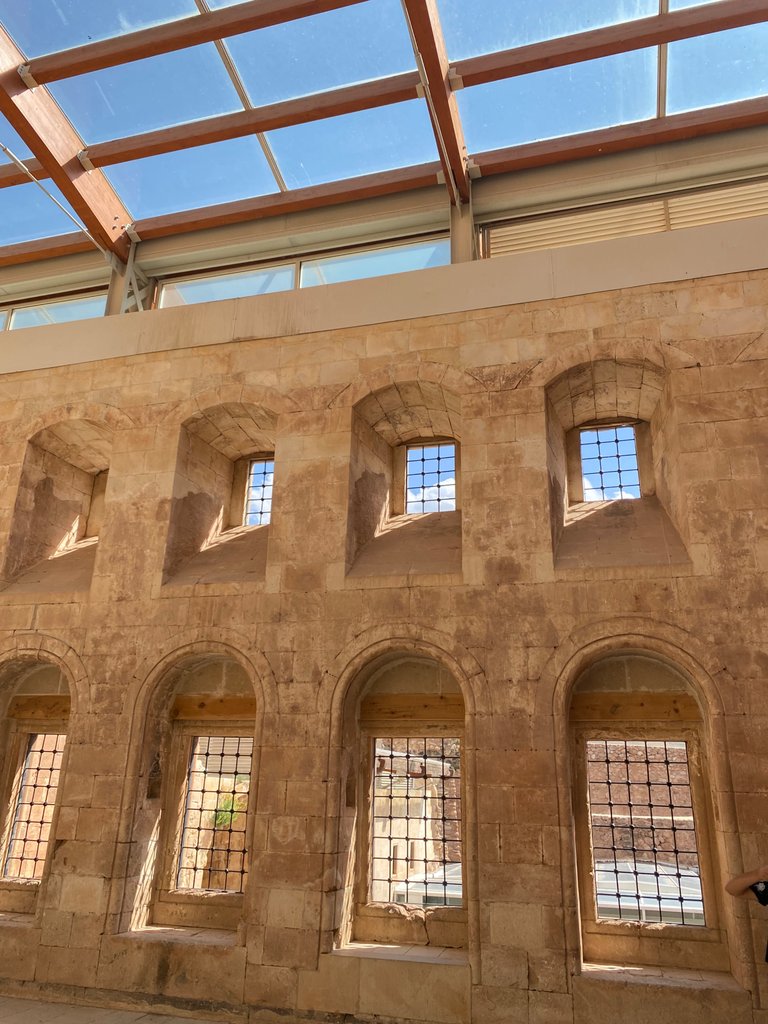
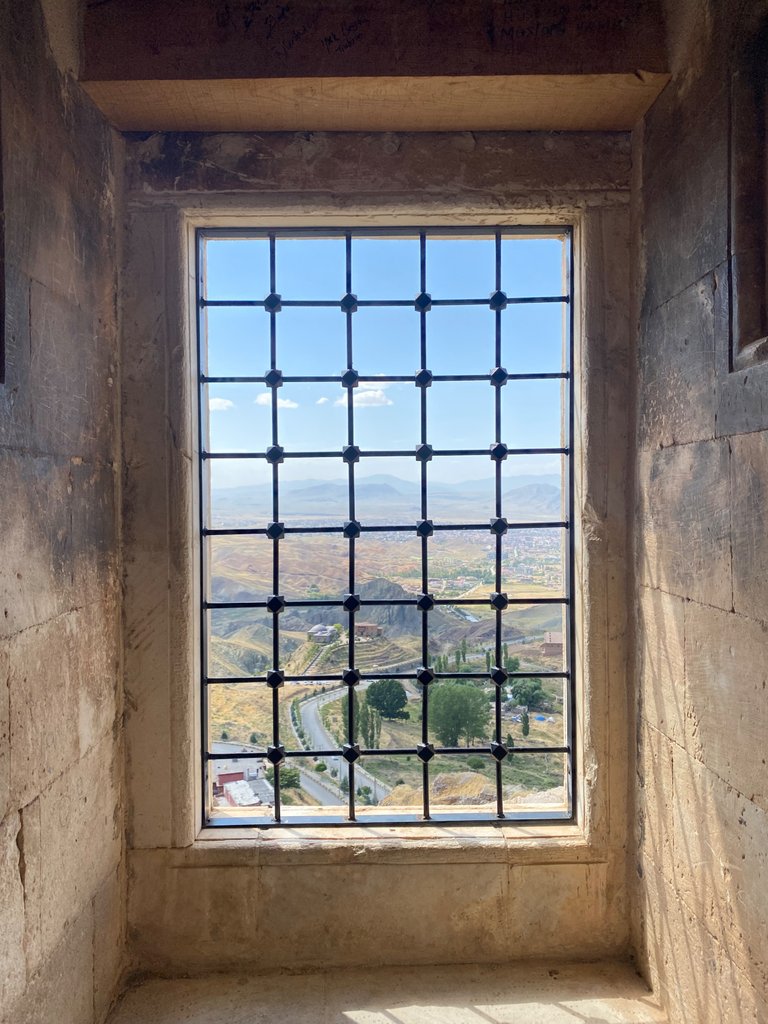
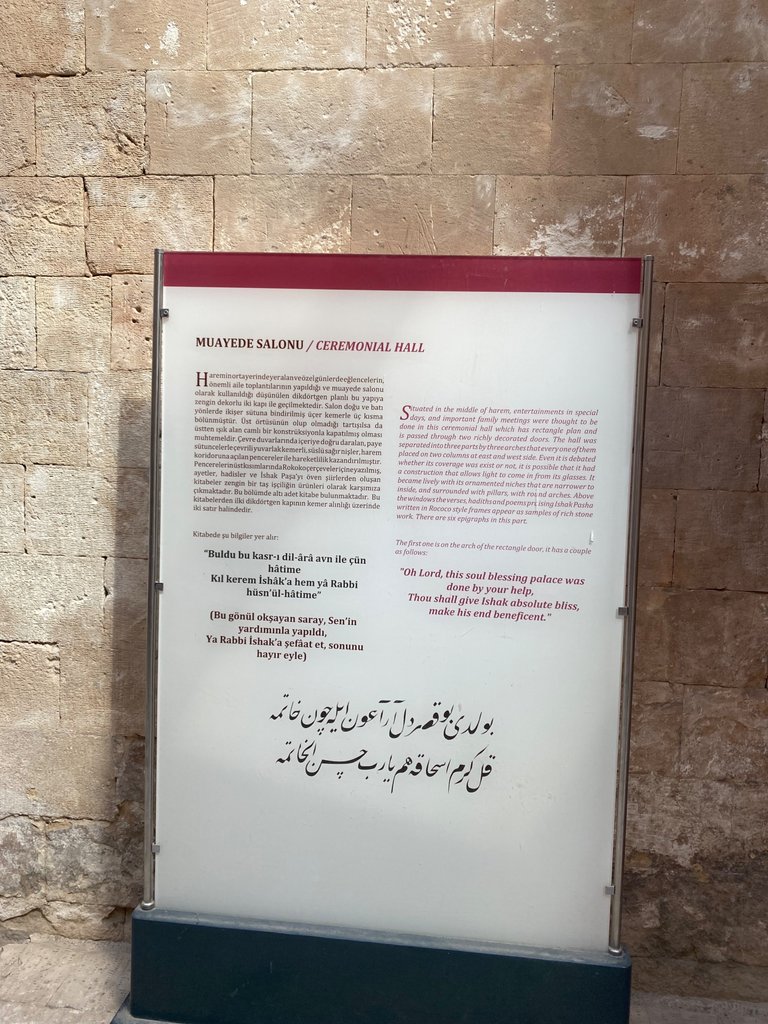
The Tomb: Echoes of Legacy
The Tomb—presumed to be the final resting place of Ishak Pasha—lies adjacent to the mosque. Built with a hexagonal floor plan, it harmonizes traditional and regional features. Stone carvings on its entrance reflect prayers for the deceased, including one poetic couplet asking God to grant mercy and eternal bliss to the one buried within.
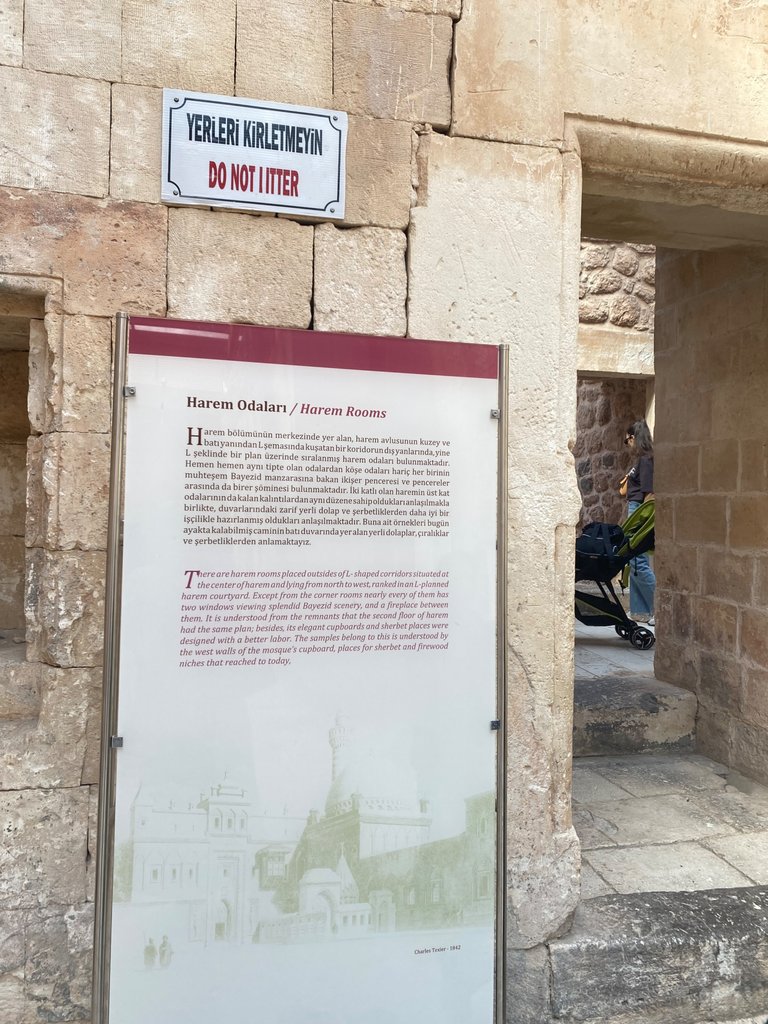
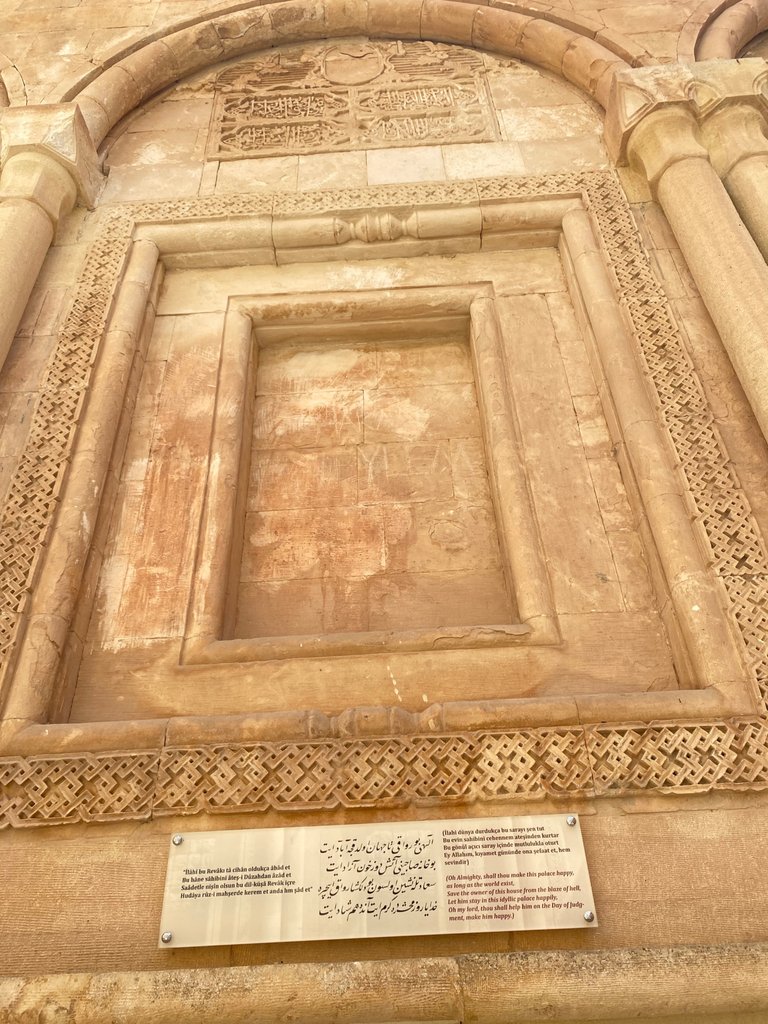
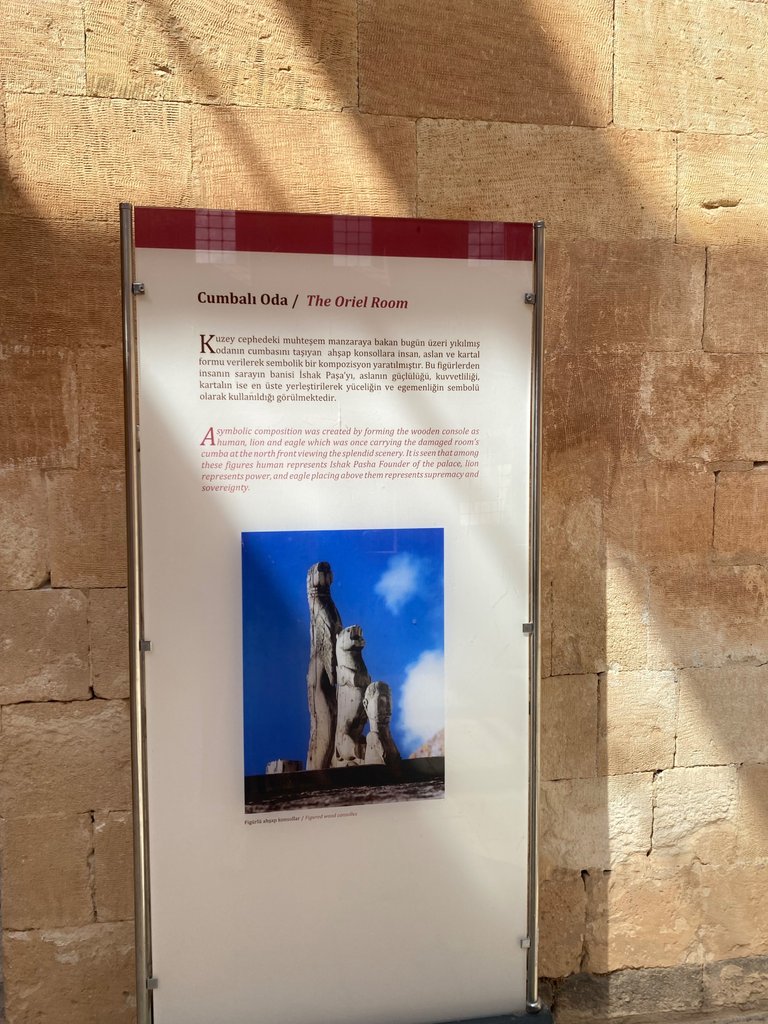
The Heat Center: Ingenious Climate Control
A lesser-known yet astonishing part of the palace is the Heat Power Station. Located in the northwest corner of the first courtyard, it functioned as a centralized heating system. Stone tunnels allowed hot air to travel beneath floors into the mosque, kitchen, and bathhouse. Such a system—impressive for its time—shows how innovation was woven into daily palace life.
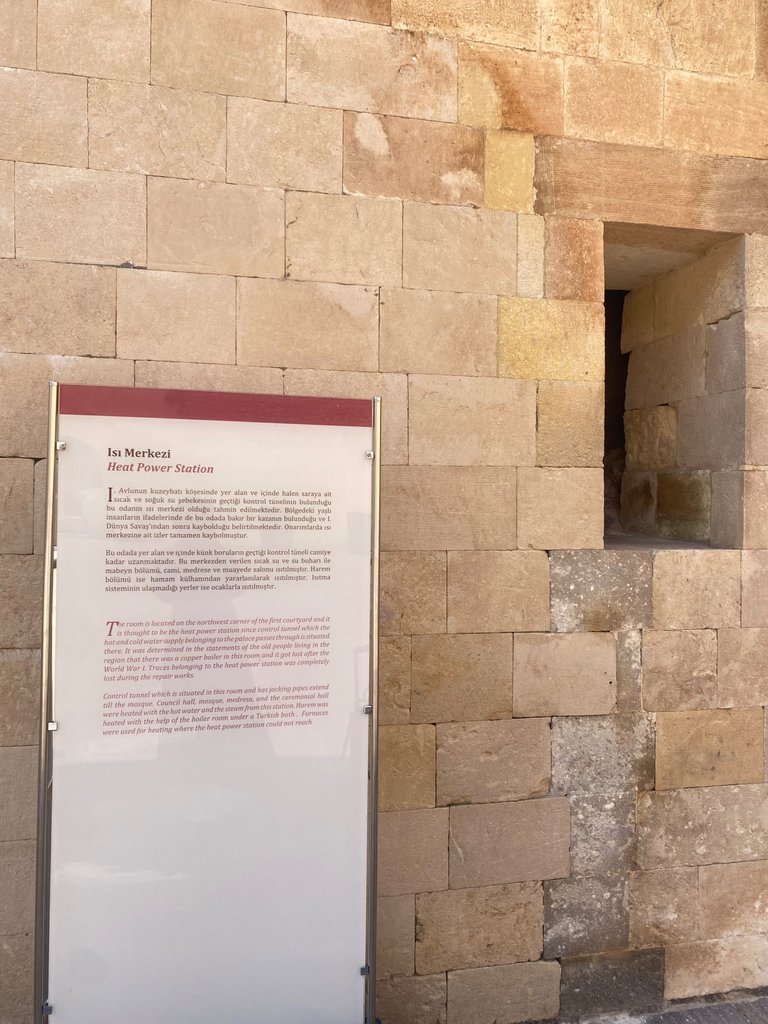
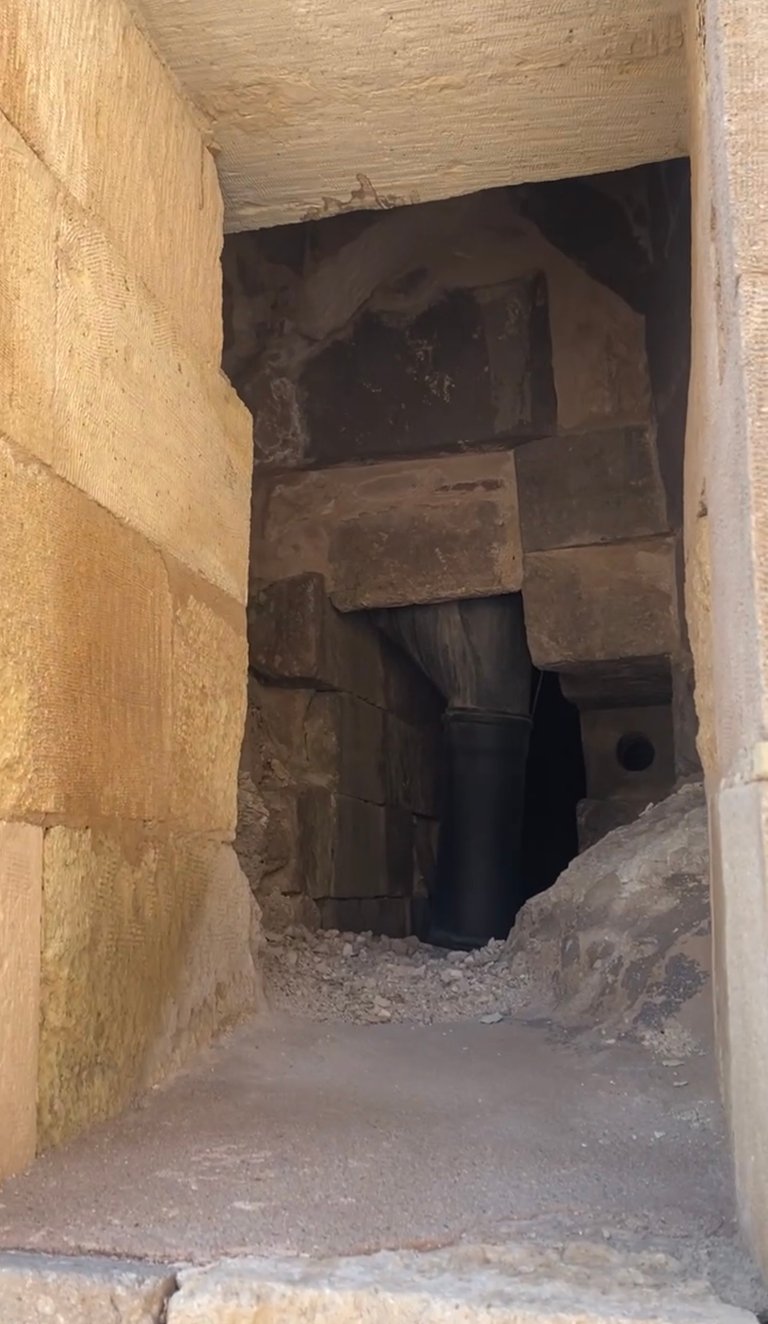
The Mosque: Spirituality at the Heart of Power
The palace’s mosque stands in the northern corner with a prominent dome and minaret. The prayer hall features high ceilings, columns with ornate capitals, and a mihrab set into a richly carved niche. The interior walls reflect both Ottoman and Baroque-Rococo styles, complete with Quranic inscriptions and floral motifs. Windows near the dome flood the room with natural light, making it one of the most serene parts of the palace.
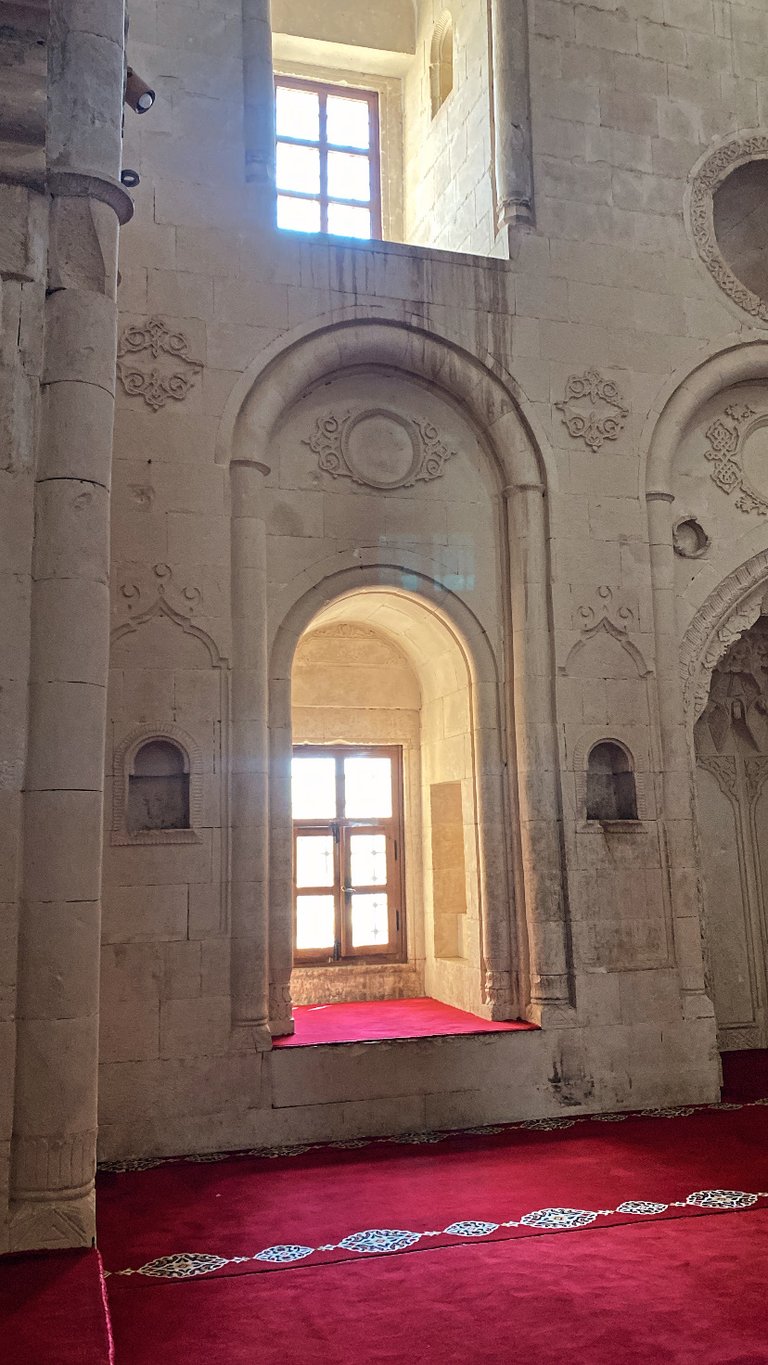
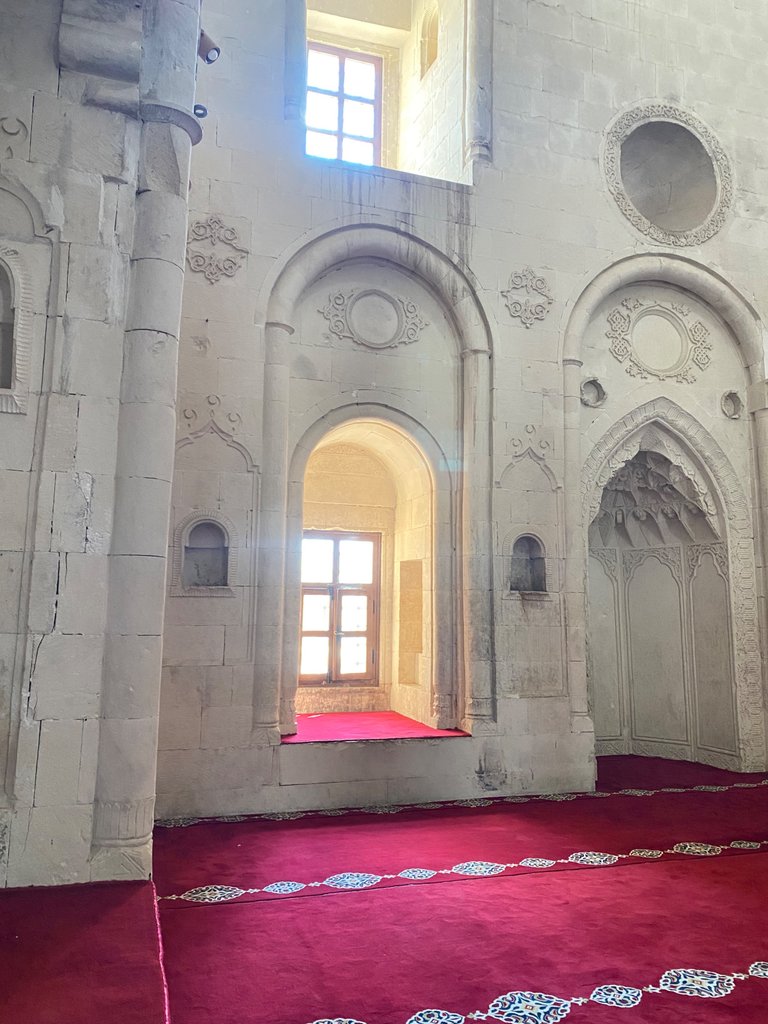
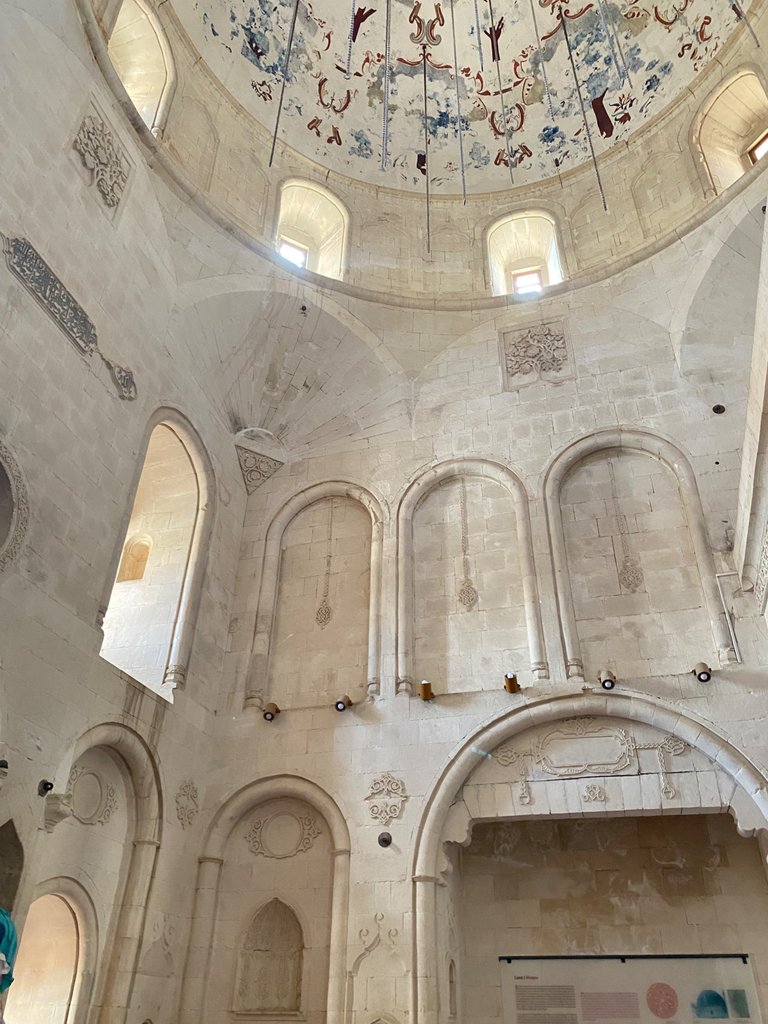

The Oriel Room: Symbolism in Sculpture
One unique architectural detail is the Oriel Room, where a once-elaborate console was decorated with wooden sculptures of a man, a lion, and an eagle. According to tradition, the man represents Ishak Pasha, the lion symbolizes power, and the eagle signifies sovereignty. Though the structure is now destroyed, the symbolism endures.
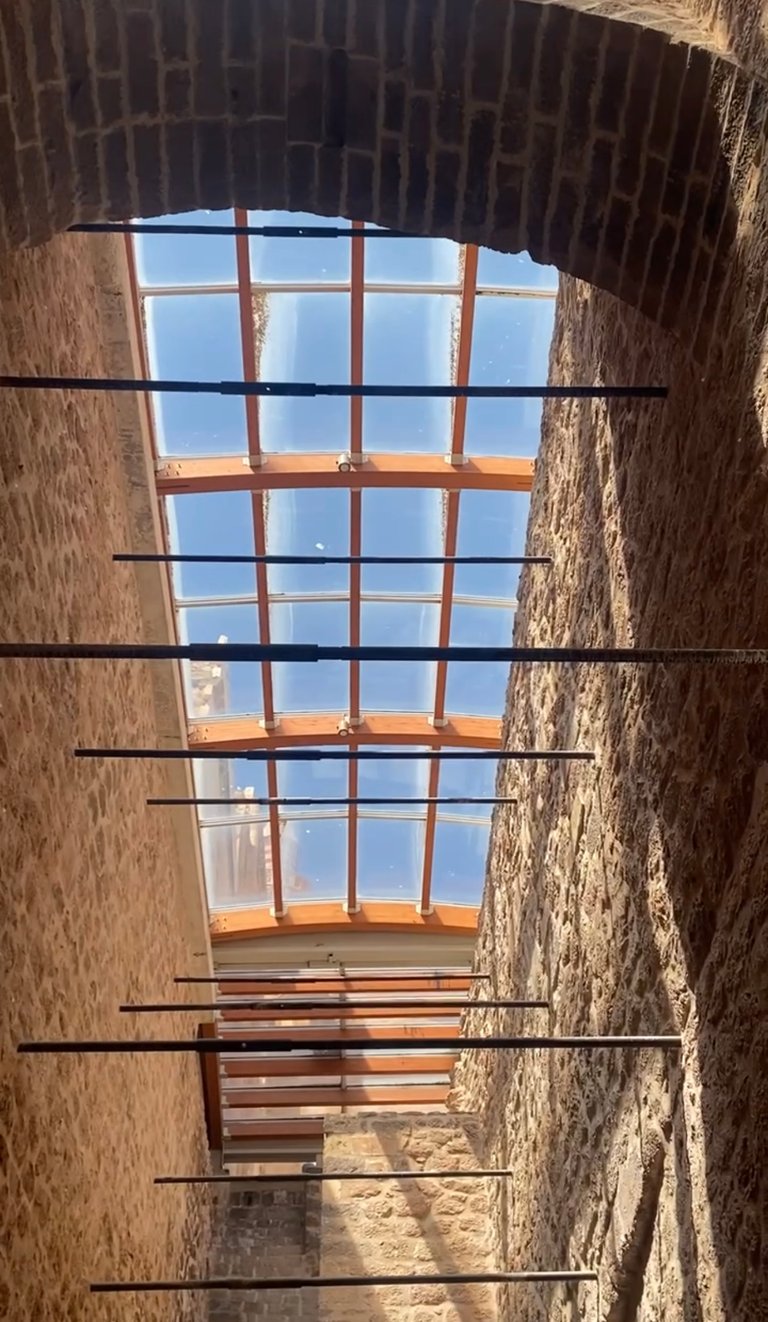
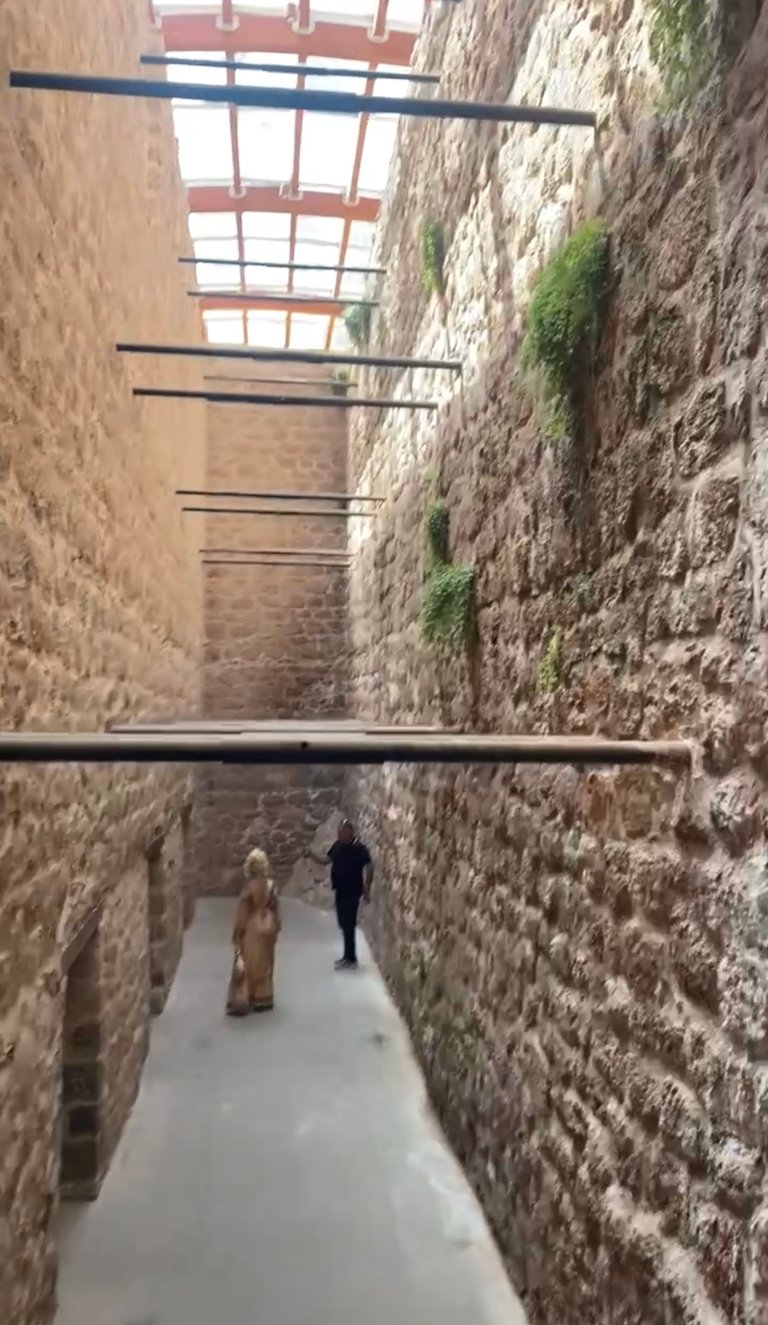
Cultural Layers: Scripts, Symbols, and Souls
Throughout the palace, Arabic calligraphy and Ottoman inscriptions decorate doorframes and arches. These aren’t merely decorative—they reflect the palace’s identity as both a religious and political center. Quotes from the Quran, poetic dedications, and invocations to Allah are common themes, turning stone into scripture.
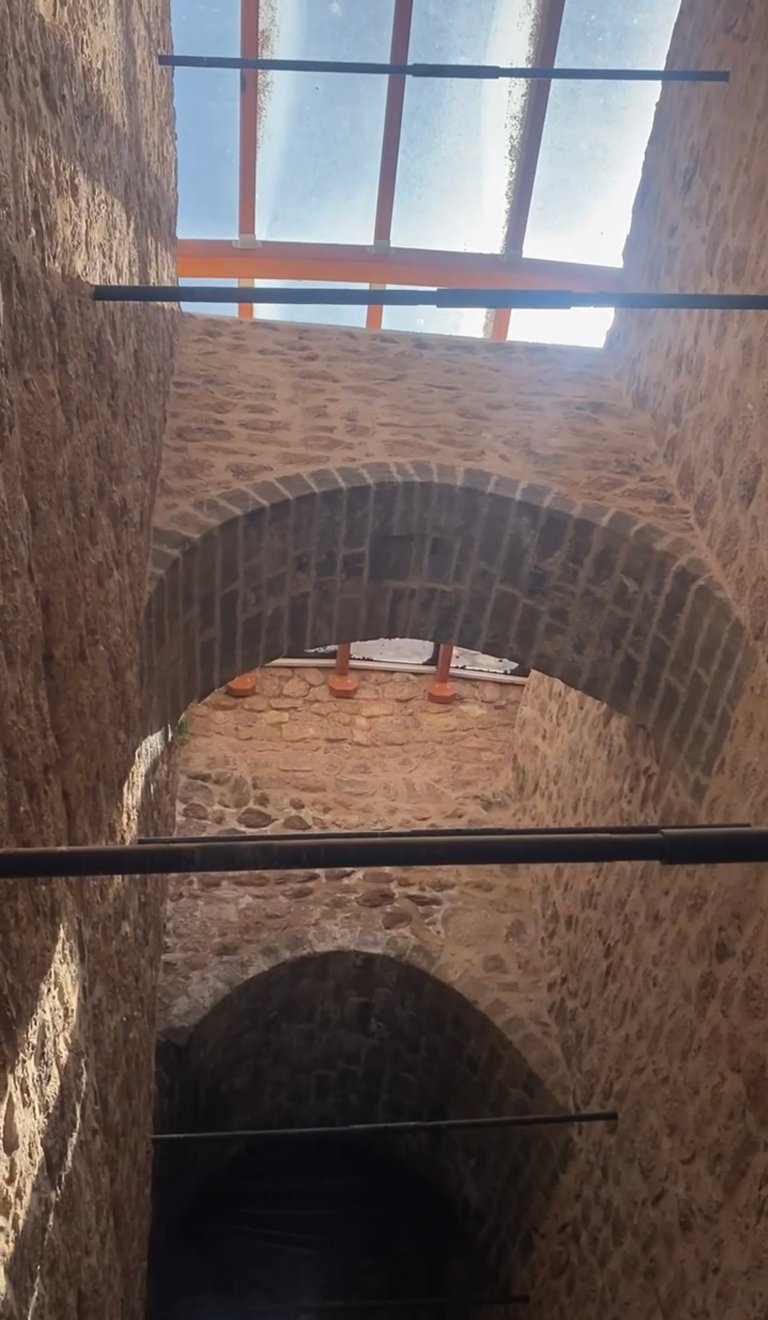

Despite being partially ruined over the centuries due to harsh weather and neglect, the Turkish Ministry of Culture has undertaken significant restoration efforts. Glass roofs have been installed over open courtyards, and informational panels now accompany nearly every section—bringing life back to these once-forgotten stones.
Final Thoughts
Visiting Ishak Pasha Palace is not just a historical journey—it is an architectural pilgrimage. From its geothermal heating system to its domed mosque, from poetry-carved arches to echoing chambers of justice, every step through the palace offers a lesson in design, culture, and civilization.
Whether you’re an architect, historian, or simply a curious traveler, Ishak Pasha Palace is an unforgettable encounter with the past.
All photos taken by me (Iphone 11) and I took all information from information boards.
It was an exquisite pleasure to read your post. I found each poem and explanation of the palace areas to be beautiful. This place is magical and, for me, it has incalculable value. It is the first time I have seen a heating system and prayers and poems carved in stone. Everything is very beautiful. If God blesses me with a trip, I would like it to be to Turkey to visit that place. Thank you for taking me there virtually. @oneplanet 🫶🙏
Thank you so much for your kind words! 😊 I’m really happy that you enjoyed the post. Ishak Pasha Palace is a special place, and I’m glad I could share a part of it with you. I hope one day you can visit Turkey and see its beauty with your own eyes. You are always welcome here!